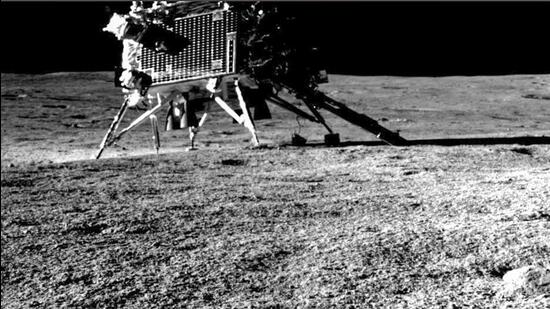QUICKREADS

The science behind splashdown − an aerospace engineer explains how NASA and SpaceX get spacecraft safely back on Earth
American astronaut Gus Grissom's dramatic splashdown into the Atlantic Ocean during the Liberty Bell 7 mission in 1961 is explained by Marcos Fernandez Tous, an aerospace engineering professor. Splashdowns, a common method for spacecraft returning to Earth, involve slowing down through parachutes before landing in water due to its shock-absorbing properties. SpaceX's successful splashdowns demonstrate the potential for reusability, saving costs for future missions.

Tim Friede: Man bitten by snakes hundreds of times helps create broad antivenom
Tim Friede, a self-taught snake enthusiast, endured hundreds of venomous bites, enabling researchers to develop a potentially groundbreaking antivenom. His unique antibodies could help treat snakebite victims globally, particularly in India, by neutralizing toxins across multiple snake species.

Potential presence of primitive lunar mantle materials on Chandrayaan-3 landing site: Study
Chandrayaan-3's landing site revealed high sulphur levels, suggesting presence of primitive lunar mantle materials from the South Pole-Aitken basin's formation 4.3 billion years ago, offering insights into early lunar evolution and composition.






